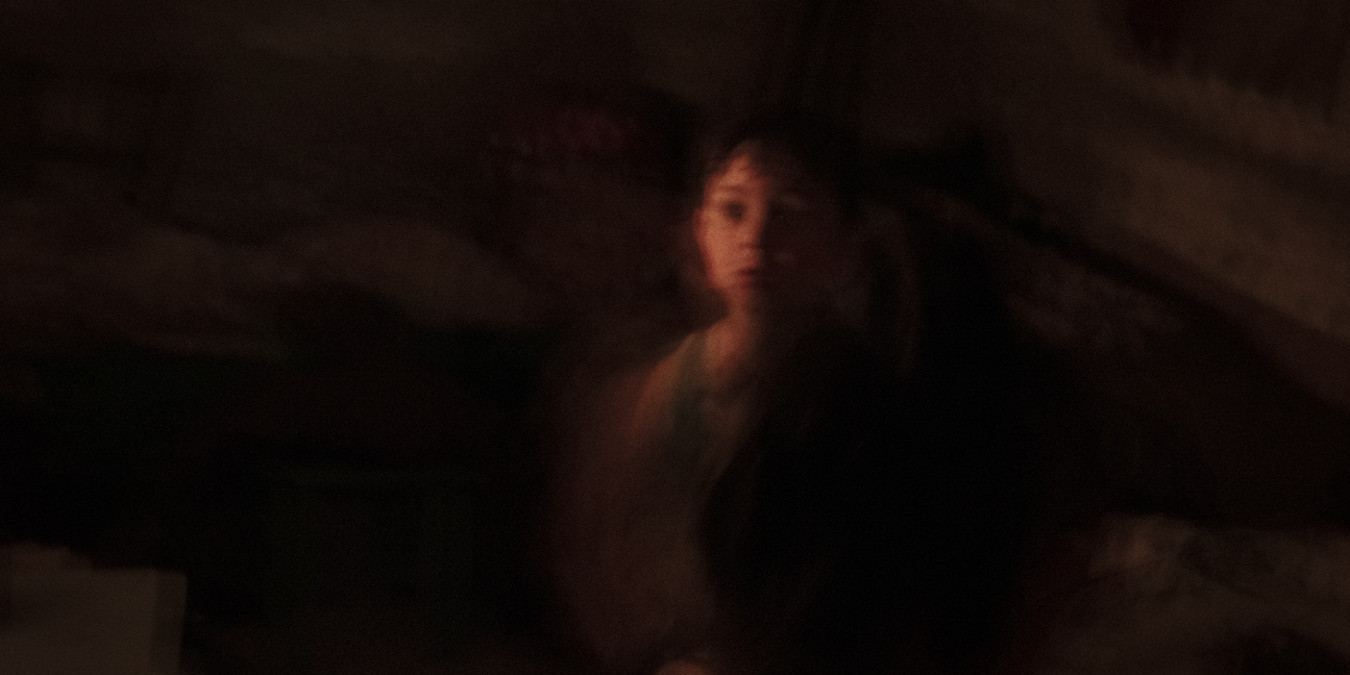3D exhibition: When War Comes Home
Published: Jan 19, 2023 Reading time: 2 minutes Share: Share an articleThere has not been a single person in Ukraine left unaffected by the ongoing Russian invasion of their country. Every single day since the 24th of February, 75 Ukrainians have been killed or injured, and 1 in 4 Ukrainians have been forced to flee their homes. Hundreds of thousands do not have a home to return to, and millions more are forced to live without water, electricity, gas supplies, and no heating for months. All people in Ukraine live with the threat of rockets and airstrikes; these can bring death and destruction at any time and to any place. Further still, most people in Ukraine live under tremendous psychological pressure—many have suffered scars of war that may not be visible but whose impacts are long-lasting.

Author: Albert Lores
The virtual 3D exhibition is hosted by the People in Need and the European Union.
Outside Ukraine, we can become desensitized to the consequences of the war; however, Albert Lores’ photos serve as a stark reminder that the burden of the war is being borne by people living in Ukraine—innocent people who want to retake the control of their own lives and decisions about the future. These photos, taken across the entire country, and going as far back as the 24th of February, remind us that Ukrainians need our continued support to regain the control of their lives that has been taken away by this war of aggression.
This exhibition aims to bring their stories to light, describe how their lives have changed since Russia invaded their home, and highlight that these are real people with their own faces, families, who could be any of us or our relatives and friends here. The exhibition intends to show the reality of millions of peaceful people trapped in a war that came to their homes.
People in Need
People in Need has been helping people in eastern Ukraine since 2014. In February 2022, our assistance changed. Immediately, we increased our team in Ukraine to over 300 employees. We also expanded our operation to almost all oblasts in the country. Since then, we have helped more than half a million people, mainly with delivery of food, water and hygiene, cash assistance, psychosocial support, reconstruction of houses and education. This humanitarian response would be impossible without the strong cooperation of local, regional, and central authorities, 160 local civil society organizations, and funding from the European Union.
EU Humanitarian Aid
The European Union and its Member States are the world’s leading donors of humanitarian aid. Through the Civil Protection and Humanitarian Aid Operations department (ECHO), the European Union helps millions of victims of conflict and disaster every year. With headquarters in Brussels and a global network of field offices, the EU provides assistance to the most vulnerable people on the grounds of humanitarian needs.



